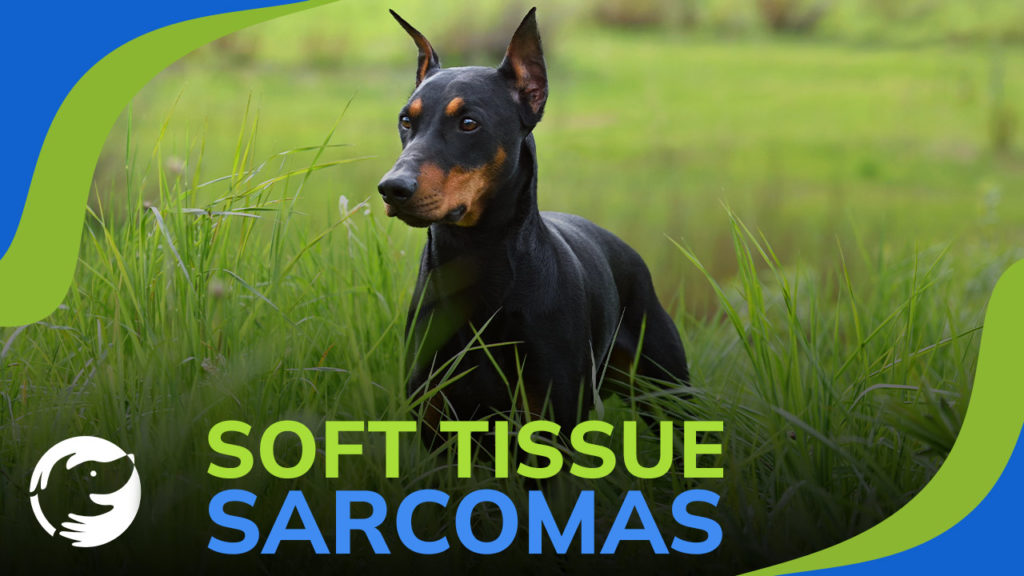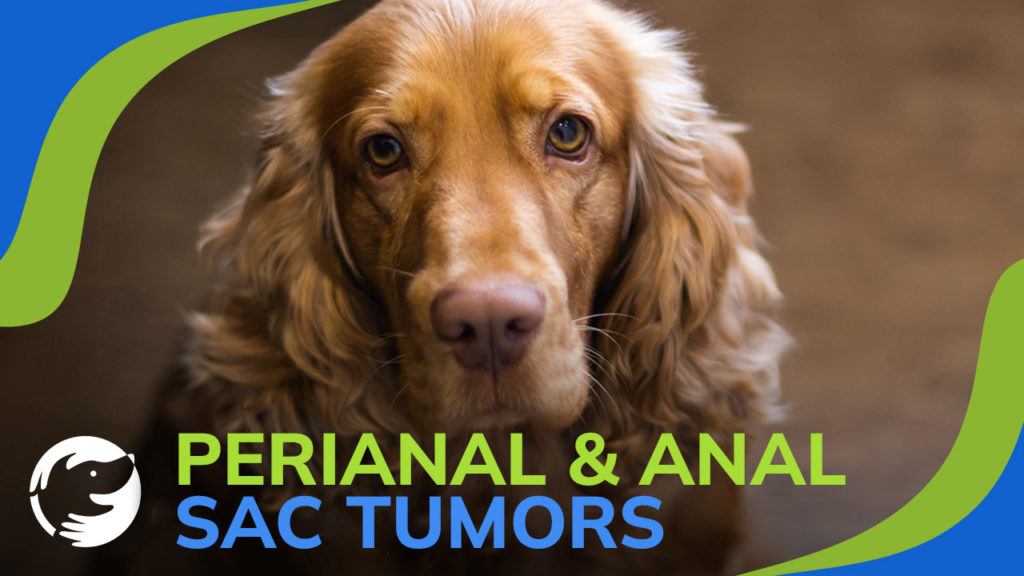
Soft Tissue Sarcomas
Learn about the importance of wide excision surgery in soft tissue sarcomas, plus strategies to address pain control and quality of life.
James Jacobson: One of the cancers that you talk about in The Dog Cancer Survival Guide are soft tissue sarcomas. Dr. Dressler, I’ll throw this question out to you first if your dog has soft tissue sarcoma, what do you likely looking at? What are the signs and symptoms?
Dr. Demian Dressler: Well, soft tissue sarcoma as the name suggests, grows out of soft tissue or connective tissue. Now, that’s about the only unifying thing that we can say about these tumors. And the reason is because they can show up all over the place. They can show up practically in any organ that has soft tissue around it or connective tissue around it. They are firm, that is a pretty unifying a, a feature of them and there, they do expand into the neighbouring area, so if one were to see a soft tissue tumor, soft tissue sarcoma on the outside of the dogs by a where visible to the naked eye. It would look like a bump and in general a quite firm bump. And if you’re to move it around with your fingertips you would notice that it’s pretty well embedded in the surrounding neighbouring tissue. It’s not going to be one that’s gonna have a little stuck underneath or can be moved around quite easily. There are most always planting down roots into the neighbouring tissue.
James Jacobson: And Dr. Ettinger, your thoughts on this type of cancer.
Dr. Susan Ettinger: When I think about the soft tissue sarcomas of the skin and the subcutaneous tissues, the one unifying theme that I think about is that, in general there are locally aggressive or extensive but they have a low metastatic rate which is a good thing. So, in general about only ten to fifteen percent of below and intermediate grade sarcomas will spread internally in the body which really means your local surgery is gonna be your best chance for good control of these cancers. Some dogs depending on the location may need radiation after surgery but if the one thing that you remember is that you wanna know what this mass is before your Veterinarian goes in cuts it out. So, planning planning planning. It’s really good to have either pre-surgical aspirate which what you know it’s sarcoma or pre-surgical biopsy, so that surgeon will go in into as wide a surgery the first time ’cause your best chance are good long term control for these cancers is if your first surgery is wide and aggressive and you don’t need to go back in into a scar revision. So, planning, planning, and planning. Make sure your Veterinarian finds out what it is before the first surgery.
James Jacobson: Dr. Dressler, your thoughts about treatment options for this type of sarcomas.
Dr. Demian Dressler: Well, in the best case scenario, the wide excision that Dr. Ettinger was talking’ about may you’ll the cure and that’s really what we’re going to be hoping for. Now, it may not always happen that we may not be able to achieve a cure in to those cases then we have to switch to overall strategies to address the physiology in our dog’s bodies. And that’s accomplished by paying attention to the different areas of cancer care. In addition to the dietary changes which can help a dog with cancer in addition to immune stimulants, in addition to those supplements that turn on cancer cells suicide which are called apoptogens those are derive from plants and of course we always wanna make sure that we have our dog’s pain control and that we’re taking steps deliberately improve life quality so that we can maintain a nice good quality of life for as long as possible.
James Jacobson: Lots of information in the book if your dog has a soft tissue sarcoma.
Dr. Susan Ettinger: Can I add one more thing?
James Jacobson: Please do Dr. Ettinger.
Dr. Susan Ettinger: Because I, in kind of thinking about what I just said I think it’s important to realize that some of these tumors are not, your Veterinarians not gonna be able to get wide margins because of the location. They’re gonna be down on the legs and no matter how fabulous your Veterinarian is, there is an just enough skin and tissue around it. So I don’t want you to be frustrated if you get back, that biopsy reported says the margins were not clean. There are lots of good options that you can do after surgery even if it’s on a part of the body whether you’re not able to get a scar revision done. Radiation can prevent reoccurrence low dose oral chemotherapy; metronomic chemotherapy has been recently shown to delay reoccurrence. So, there’s a lot of good options again so don’t get you frustrated, you know, again if it’s in the location of the body where you can’t get clean wide margins. They’re still very treatable cancers.
James Jacobson: Alright, I like the word that you guys that Dr. Dressler’s said, he said the word cure as a possibility and you don’t often talk about that when it comes to dog cancers, so that’s a, that’s reassuring a lot more information in the book. Dr. Dressler in Hawaii, Dr. Ettinger in New York, thank you so much for joining us today.
Dr. Susan Ettinger: Thanks so much!
Dr. Demian Dressler: Thank you!
Topics
Did You Find This Helpful? Share It with Your Pack!
Use the buttons to share what you learned on social media, download a PDF, print this out, or email it to your veterinarian.
Editor's Picks
CATEGORY






